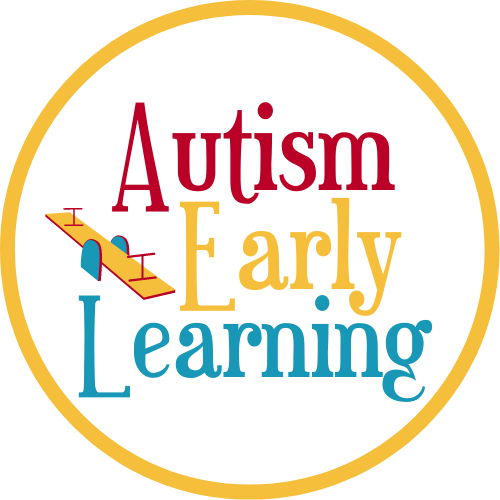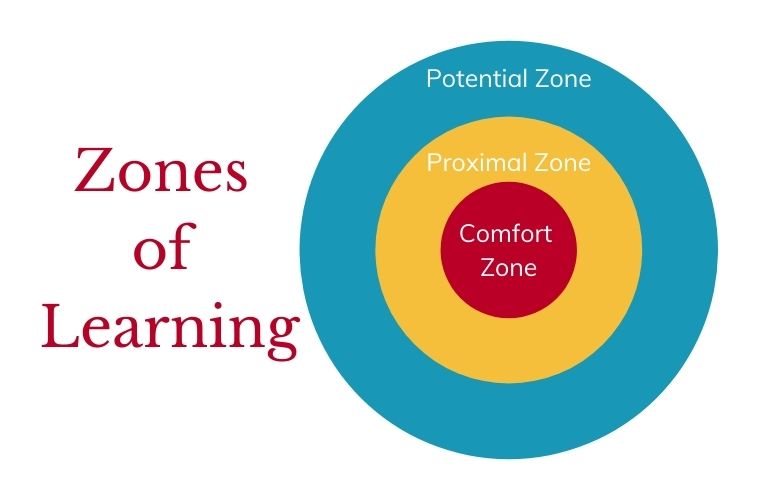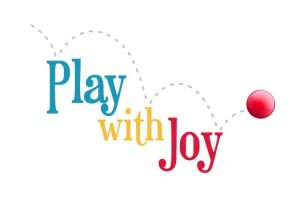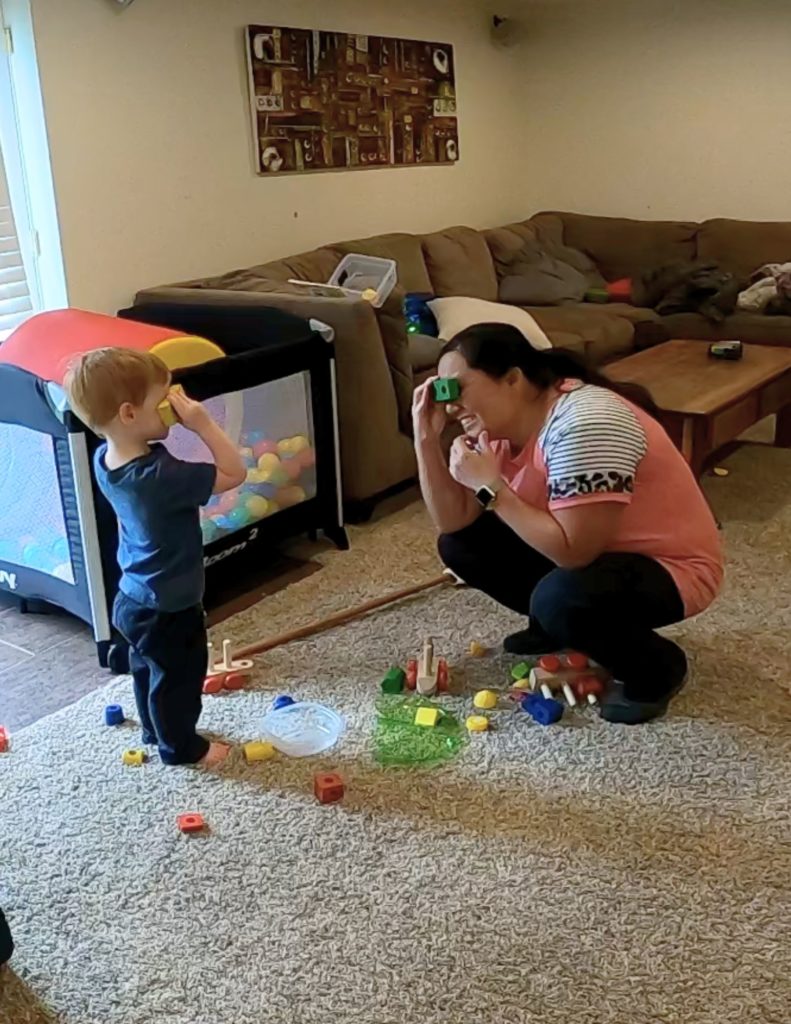What is a developmental delay? I like the definition that Yale Medicine gives, which is: When a child’s progression through predictable developmental phases slows, stops, or reverses.
Early Intervention is all about helping kids to progress through those developmental milestones. So, how do you do that?
One key to progression is approaching the child in the right zone or level. Whether you’re working on communication, social skills, motor skills, cognitive skills, or adaptive skills, you want to spend most of your time in what’s called the Proximal Zone.
Zones of Learning
According to Lev Vygostky, there are 3 zones of learning.
- Comfort Zone
- Proximal Zone
- Potential Zone
When I’m working with parents, I try to regularly review what each zone is for their child. I think this is important to know because then we know what kind of plan to make as we work on helping their child progress.
Comfort Zone
The comfort zone is basically whatever the child is able to do independently, special interests, activities he enjoys, favorite toys or objects, etc. I usually ask the question “what does your child do if left to himself?” For some kids this may be playing cars, for some kids it might be gathering rocks, and for other kids it might be playing chase. It’s going to be different for every kid.
I would encourage you to write down your child’s (or your student’s) comfort zone activities. Write as many as you can. Here’s an example:
- jumping
- pacing back and forth
- playing in water
- playing with the car ramp
- books
- swinging
- snuggling in a blanket
- gathering objects
- being outside
Identifying a child’s comfort zone is important because this is where you want to start. Whenever I’m playing with a child, I try to start in their comfort zone to get engagement going. If you’re having a hard time getting a child to engage, stay in their comfort zone for a little while. Let them know you’re interested in what they’re interested in.
Proximal Zone
The Proximal Zone is where you want to spend the majority of your time. You’ll spend some time in the Comfort Zone and some time in the Potential Zone, but you’ll want to spend most of your time here when you’re trying to target skills and work on progression.
The proximal zone is the area where a child is able to do things with some help. It might be a little more difficult, but it’s attainable. They might be able to do things for shorter amounts of time, but the goal is to expand on the amount of time they’re able to engage in that activity.
If you’ve had a chance to get a copy of the Developmental Progress Chart (I’ll put a form at the bottom where you can get your copy), and you filled it out. The proximal zone would be those things that are not yet filled in all the way, but the skills are either emerging or they’re able to do them up to 75% of the time.
Here’s an example. If a child is starting to dip into pretend play, but doesn’t really do it on their own, this would be their proximal zone. You would want to focus on simple pretend play. This would be things like feeding each other pretend food, driving cars around a mat, making animal sounds, etc.
As kids progress, their proximal zone activities will end up becoming their comfort zone activities. Their potential zone will then become their proximal zone, and it will keep growing over time.
Potential Zone
Potential Zone are going to be those things that the child is not able to do yet even with help. So, if you’re looking at your Developmental Progress Chart, it would be the things that are still in all white.
If simple pretend play was a child’s Proximal Zone, then complex pretend play would be their Potential Zone. Examples of this would be things like pretending to be a chef and a waiter at a restaurant and cooking for your guests.
A lot of times when I first start working with families, the parents are oftentimes playing in the Potential Zone. They’re trying to pretend and make their child pretend, when all their child wants to do is crash into a pile of pillows.
When we play too high, kids aren’t engaged, and they may not understand what you’re doing because they don’t have the pre-requisite skills required for what you’re trying to do.
Get Your Developmental Progress Chart
Comfort zone is usually the easiest to figure out because it’s everything that your child is interested in and likes to do. If you’re having a difficult time figuring out your child’s proximal and potential zones of learning. Get your Developmental Progress Chart, and start there.
The Proximal Zone is going to be things that are part way filled in, that means they’re emerging skills. The Potential Zone is going to be things that aren’t filled in at all. I’ll also send you more tips and strategies in your inbox to help you out.
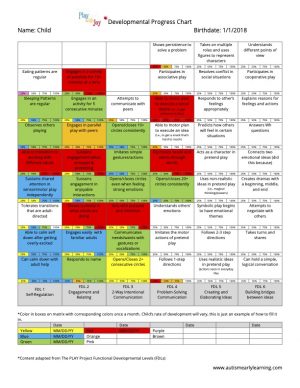
THE FIRST STEP IS IDENTIFYING YOUR CHILD'S DEVELOPMENTAL PROGRESS
Enter your name and e-mail to have the Progress Chart sent to your inbox. You’ll be able to identify the skills your child has already learned, and find out what skills come next. I’ll also send you extra tips and activities to help you along the way.
You can unsubscribe at any time. For more details, review my Privacy Policy.
